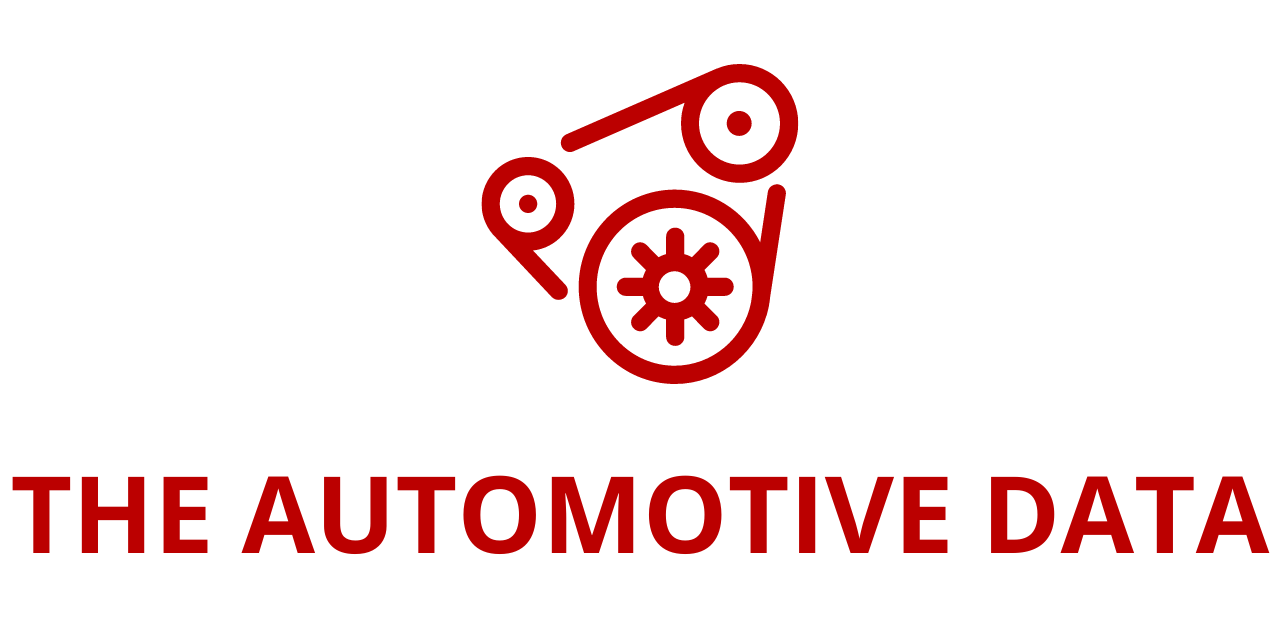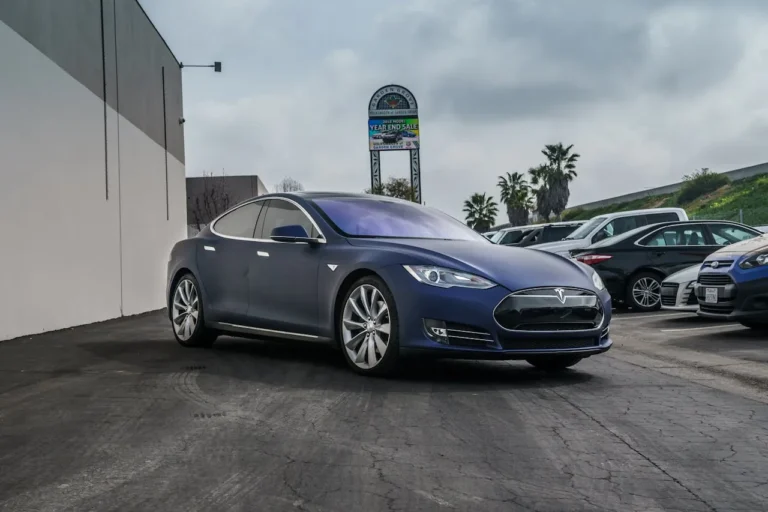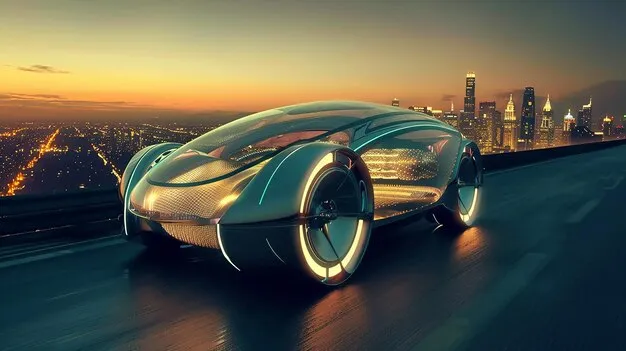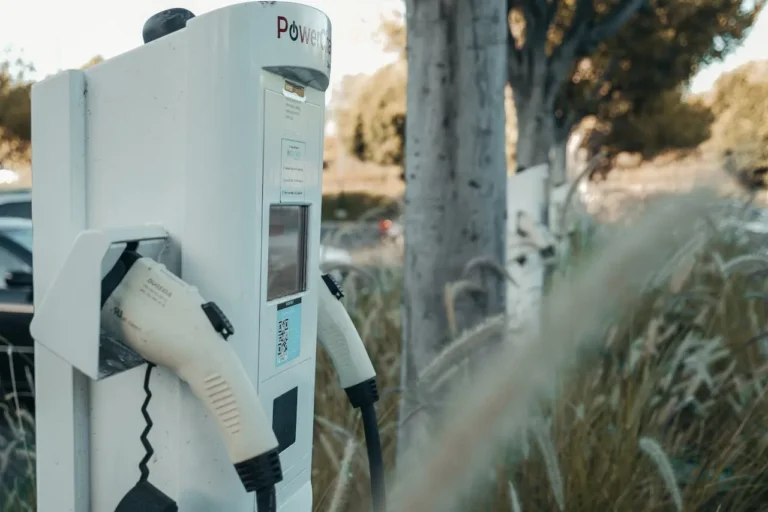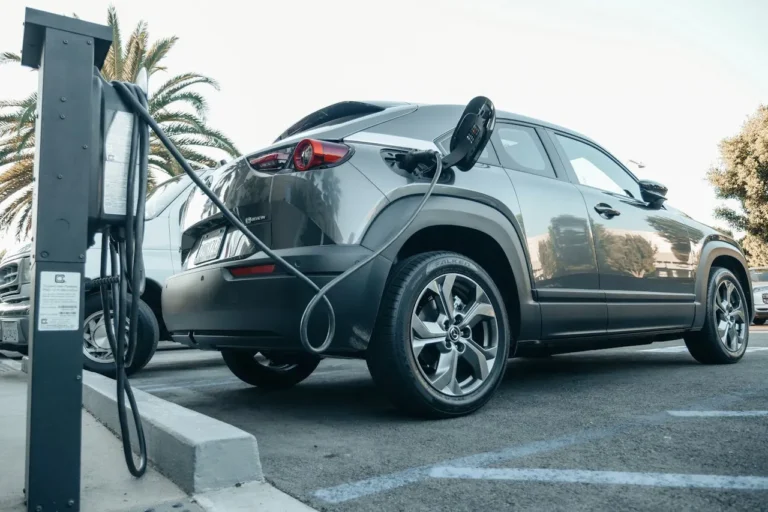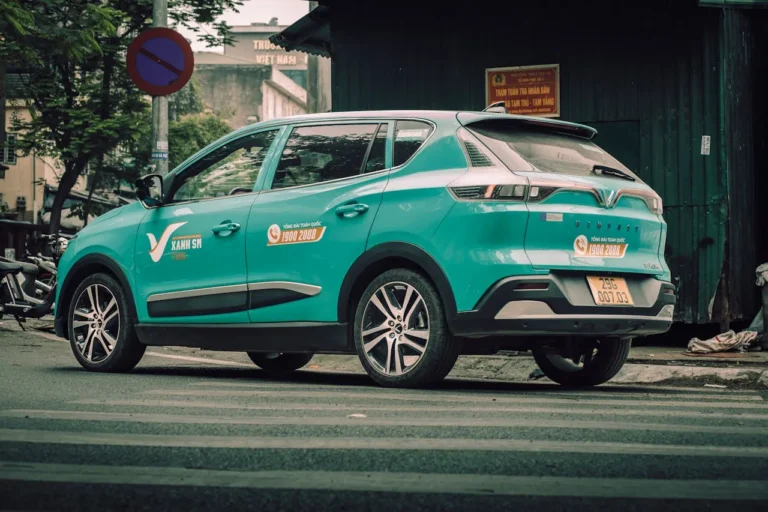
Global Plug-in Hybrid Electric Vehicle (PHEV) Market Forecast 2025–2033: Mid-Priced Models Drive Growth Through Affordability, Performance, and Sustainability
ResearchAndMarkets.com has released the comprehensive “Plug-in Hybrid Electric Vehicles Market Global Forecast Report by Vehicle Class, Car Type, Country, and Company Analysis 2025–2033.” The report projects the global PHEV market to surge from US$ 102.26 billion in 2024 to US$ 258.22 billion by 2033, reflecting a compound annual growth rate (CAGR) of 10.84% over the forecast period.
Industry Overview
The plug-in hybrid electric vehicle (PHEV) sector has emerged as a critical segment within the broader electric mobility revolution. Rising consumer demand for sustainable and fuel-efficient transportation options, coupled with stringent emissions regulations, has led to rapid expansion in the PHEV market. These vehicles offer a compelling dual-powertrain system—combining internal combustion engines with rechargeable electric motors—allowing drivers to switch seamlessly between gasoline and electric power. This not only reduces carbon emissions but also provides flexibility, especially for users concerned about range limitations in fully electric vehicles.
As nations tighten environmental policies and roll out incentives for clean mobility, the adoption of PHEVs is accelerating. Automakers are responding with substantial investments in advanced hybrid technologies aimed at enhancing battery life, improving electric-only range, and lowering production costs. As a result, PHEVs are becoming a mainstream choice, particularly in regions with well-developed EV infrastructure and supportive policy frameworks.
Market Growth Drivers
Technological Advancements in Battery Systems
A key factor propelling the global PHEV market is the continuous evolution of battery technology. Improvements in battery density, charge speed, and durability have dramatically improved the viability of PHEVs for a wider audience. Newer battery packs offer longer electric ranges and shorter charging times, addressing one of the main consumer concerns—range anxiety. Additionally, falling battery costs are narrowing the price gap between PHEVs and traditional vehicles, making them more accessible to mid-income buyers.
These advancements not only reduce the total cost of ownership but also enhance long-term performance and reliability. As battery recycling technologies and second-life applications evolve, the sustainability of these systems is also improving—further incentivizing consumer and fleet adoption.
Government Regulations and Incentive Programs
Legislative initiatives across major economies are fueling PHEV adoption. Stringent emissions regulations, zero-emission vehicle (ZEV) mandates, and fuel economy standards are encouraging automakers to prioritize hybrid and electric drivetrains. Government subsidies, tax credits, and rebate programs have significantly reduced the upfront costs of PHEVs, making them more attractive to price-sensitive consumers.
Policies that mandate a minimum percentage of electrified vehicles in automaker fleets, such as those implemented in the European Union and parts of Asia, are pushing OEMs to expand their PHEV offerings. The expectation is that these policies will continue to evolve, reinforcing the long-term viability of the market.
Environmental Awareness and Sustainability Goals
Rising global awareness about climate change, air pollution, and the environmental impact of fossil fuels has triggered a shift in consumer preferences. Buyers are increasingly looking for vehicles that align with their environmental values without compromising on performance or convenience. PHEVs present a transitional solution—enabling reduced emissions and fuel consumption while maintaining the familiarity and range of traditional vehicles.
Incentives like low-emission zones, preferential parking, and reduced registration fees also sweeten the deal for PHEV buyers. Automakers are aligning their product strategies with these shifting consumer priorities, contributing to the rapid expansion of the market.
Market Challenges
System Complexity and Maintenance Requirements
While PHEVs offer numerous benefits, they also present unique challenges, particularly related to complexity and cost. The dual powertrain system, which includes both an electric motor and a gasoline engine, increases the number of components requiring regular servicing. This can lead to higher maintenance costs over time compared to fully electric or traditional internal combustion engine vehicles.
Drivers must also consider additional costs related to battery health monitoring, power electronics, and software updates—factors that could affect long-term ownership experience if not properly managed.
Insufficient Charging Infrastructure
Although PHEVs are capable of operating solely on gasoline, maximizing their environmental benefits requires frequent electric charging. However, the global rollout of charging infrastructure remains uneven, particularly in rural areas and developing economies. This limited access may deter potential buyers who cannot reliably access home or public charging options.
Urban dwellers, especially those in apartment complexes without dedicated parking, face difficulties in charging regularly—reducing the practical benefits of owning a PHEV. For the market to reach its full potential, substantial investments in both public and residential charging stations are essential.
Market Trends: The Rise of Mid-Priced PHEVs
A significant trend shaping the market is the growing appeal of mid-priced PHEVs. These models offer a sweet spot between affordability and high-end performance, appealing to cost-conscious consumers who still demand advanced features and reliable range. Automakers like Ford, Honda, and Hyundai are introducing mid-segment PHEVs with compelling designs, efficient powertrains, and competitive pricing.
This pricing strategy has democratized hybrid technology, broadening its appeal to mainstream car buyers. As inflationary pressures mount globally, the value proposition of mid-priced PHEVs is expected to strengthen, further accelerating their market share.
Vehicle Type Spotlight: SUVs Lead the Charge
Sport Utility Vehicles (SUVs) have become the dominant vehicle class within the PHEV market. Consumers favor SUVs for their spacious interiors, elevated driving position, and versatile utility. When combined with plug-in hybrid technology, SUVs offer an unbeatable package—eco-consciousness without compromising on performance or capacity.
Leading global brands such as Volvo, Mitsubishi, and Tesla are investing heavily in the PHEV SUV segment. These vehicles are not only popular with families and fleet operators but are also gaining traction in luxury markets, thanks to high-end features and extended electric range capabilities.
Regional Market Analysis
United States
The U.S. PHEV market is benefiting from robust government incentives and growing environmental awareness among consumers. Federal tax credits, fuel efficiency mandates, and state-level incentives are encouraging adoption, especially in states like California that have aggressive clean vehicle programs.
Automakers are targeting popular segments such as midsize sedans and compact SUVs to appeal to the mass market. Despite challenges such as high upfront costs and limited charging networks in some regions, the market outlook remains strong—driven by a shift toward sustainable consumer behavior and technological advancements.
Germany
Germany remains a powerhouse in the European PHEV landscape, thanks to its automotive manufacturing heritage and progressive environmental policies. The German government offers generous subsidies for both consumers and manufacturers, fostering rapid growth in the domestic market.
Brands like BMW, Mercedes-Benz, and Volkswagen are expanding their PHEV portfolios with cutting-edge models that emphasize performance, luxury, and sustainability. However, Germany also faces challenges related to charging infrastructure and consumer concerns over battery longevity. Continued policy support and public-private collaboration will be crucial in overcoming these barriers.
China
China represents the largest and most dynamic PHEV market globally. Aggressive government initiatives, such as the New Energy Vehicle (NEV) mandate, and extensive urban pollution reduction programs have led to a boom in PHEV adoption.
Chinese automakers, including BYD, Geely, and NIO, are aggressively expanding their plug-in hybrid offerings—especially in the SUV and sedan segments. Substantial government subsidies, low vehicle registration fees, and expanding charging infrastructure are making PHEVs a mainstream choice for Chinese consumers.
While awareness and consumer education still pose challenges, China’s policy-driven approach is expected to ensure continued dominance in the global PHEV space.
The plug-in hybrid electric vehicle market is entering a phase of accelerated growth, powered by technological innovation, supportive regulatory environments, and changing consumer preferences. As mid-priced models and SUVs gain traction, and as infrastructure and battery technologies improve, PHEVs are poised to play a pivotal role in the global transition to sustainable mobility.
With a projected market value of over US$ 258 billion by 2033, PHEVs represent both a commercial opportunity and an environmental necessity—bridging the gap between traditional internal combustion and fully electric future mobility.
